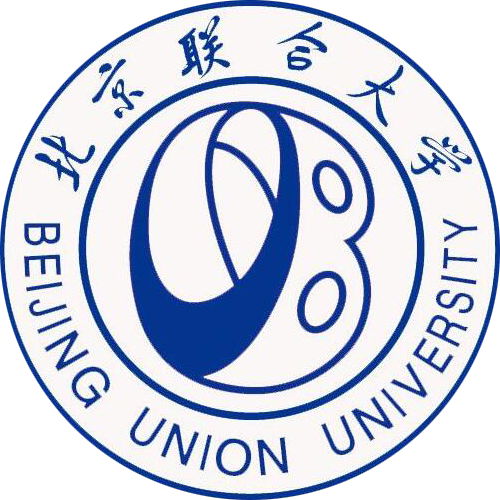详细信息
Metabolic Engineering of Escherichia coli for De Novo Biosynthesis of the Platform Chemical Pelletierine ( EI收录)
文献类型:期刊文献
英文题名:Metabolic Engineering of Escherichia coli for De Novo Biosynthesis of the Platform Chemical Pelletierine
作者:Li, Wei[1]; Zhao, Peng[2]; Li, Ying[3]; Wu, Shimin[1]; Tian, Pingfang[1]
第一作者:Li, Wei
机构:[1] Beijing Key Laboratory of Bioprocess, College of Life Science and Technology, Beijing University of Chemical Technology, Beijing, 100029, China; [2] College of Bioscience and Resources Environment, Beijing University of Agriculture, Beijing, 102206, China; [3] College of Biochemical Engineering, Beijing Union University, Beijing, 100023, China
第一机构:Beijing Key Laboratory of Bioprocess, College of Life Science and Technology, Beijing University of Chemical Technology, Beijing, 100029, China
通讯机构:[1]Beijing Key Laboratory of Bioprocess, College of Life Science and Technology, Beijing University of Chemical Technology, Beijing, 100029, China
年份:2025
卷号:13
期号:2
起止页码:778-790
外文期刊名:ACS Sustainable Chemistry and Engineering
收录:EI(收录号:20250217665156);Scopus(收录号:2-s2.0-85214343131)
语种:英文
外文关键词:Biosynthesis - Escherichia coli - Pelletizing
摘要:Pelletierine is a versatile plant alkaloid having a C5N-C3 structure from which numerous chemicals can be derived. One notable derivative is huperzine A (HupA) which may alleviate the symptoms of Alzheimer’s disease. Currently, industrial production of pelletierine relies primarily on chemical synthesis and plant extraction. However, chemical synthesis leads to analogues that complicate product separation, and plant extraction is constrained by limited resources. Herein, we report that pelletierine can be produced by recombinant Escherichia coli in which the engineered pelletierine biosynthesis pathway comprises four modules involving seven key genes native to E. coli, three genes from other bacteria, and three genes from plants. To overproduce pelletierine, the intrinsic l-lysine biosynthesis pathway in E. coli was simplified, and a clustered regularly interspaced short palindromic repeats (CRISPR) interference (CRISPRi) system was engineered to minimize the byproducts. Moreover, the transporter MatC was overexpressed to enhance the intracellular concentration of 3-oxoglutaryl ketide, which is another precursor of pelletierine. Based on the aforementioned manipulations, the resulting recombinant E. coli harboring the pelletierine biosynthesis pathway and CRISPRi system produced 3.40 and 8.23 mg/L pelletierine in a shake-flask and a 5 L bioreactor, respectively. This is the first report of microbial production of pelletierine, which represents a sustainable route to produce the precursor of HupA and beyond. ? 2025 American Chemical Society.
参考文献:
![]() 正在载入数据...
正在载入数据...


